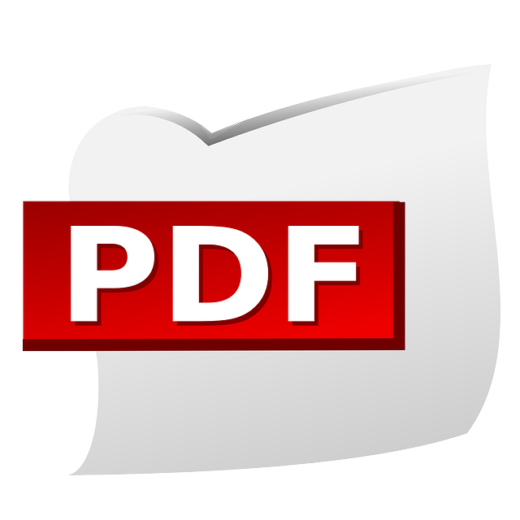Image Credit: OpenClipart-Vectors on Pixabay
Even though software has come far in the digital age, just about every company still uses PDFs to some extent.
Despite being more than two decades old, the format remains an extremely popular one among companies big and small and across every industry.
Unfortunately, PDFs are not without their shortcomings. One of the biggest complaints from users: Editing PDFs is extremely difficult.
RELATED ARTICLE: KNOWING WHEN IT’S TIME FOR A CUSTOM SOFTWARE SOLUTION
The Purpose of PDFs
The PDF was invented in 1992. Think about that. Most people couldn’t name one other file format that has survived that long without being significantly altered, if not completely overhauled.
When Adobe’s John Warnock announced his idea—which began as an internal project for the company—he did it by saying:
“Imagine being able to send full text and graphics documents (newspapers, magazine articles, technical manuals, etc.) over electronic mail distribution networks. These documents could be viewed on any machine, and any selected document could be printed locally. This capability would truly change the way information is managed.”
Warnock’s idea was about managing information—transferring it and storing it—but had nothing to do with actually editing it.
It’s no wonder that PDFs aren’t easy to edit. They weren’t designed to be.
Editing PDFs
There are countless reasons someone might need to edit a PDF.
Oftentimes, it’s simply that the wording has to be changed. If the source file was a Word document, going back to it and making the change there, and then recreating the PDF is easy. But if the source file is from a program you don’t use, or you don’t have access to the source file, you’ll have to edit the PDF.
You must be careful to choose the right font type and size, or it’s going to be very apparent where the edit was made.
A far bigger problem is moving content around in the PDF. Doing so runs the risk of ruining the entire document’s formatting.
Another common challenge is ensuring that the images look right in the PDF. If an image doesn’t have a high enough resolution, the finished product will only enhance clarity issues.
Similarly, you have to pay attention to the margins. If you don’t, printing out the PDF will make it obvious they were ignored.
Why Being Able to Edit a PDF Is So Important
A survey of 1,100 respondents in the graphic arts industry unearthed the following PDF issues:
- More than 70 percent experienced image resolutions being too low.
- Over half had PDFs with incorrect or undesired color spaces.
- More than 50 percent had PDFs with missing margins.
- Over 40 percent experienced fonts that weren’t embedded.
- More than 30 percent had PDFs with transparency issues.
The list goes on. Shockingly, almost a quarter of those interviewed reported that at least half of all PDF files contained errors. Another quarter said the rate was between 10 and 50 percent.
How Automation Made Editing PDFs Easier
Nowadays, there are a number of different ways when it comes to how to edit a PDF. These options apply to each of the following popular file formats:
- Mac iWork
- Microsoft Word
- Microsoft Excel
- RTF (Rich Text Format)
- JPG
- Screenshots
That said, editing PDFs can still be a slow process. Depending on how often a user needs to edit PDFs and to what extent, it may even become impractical.
How JotForm Has Made PDF Editing Effortless
JotForm has made editing PDFs as easy as possible. Their PDF Editor is the perfect solution for companies that regularly need to collect valuable data using this format, but also need a user-friendly way to edit the files later.
Numerous individuals in various industries are already using JotForm’s PDF Editor for a number of different document types. Popular examples include:
- Attendee registration forms
- Contracts
- Inspection reports
- Invoices
- Lead generation forms
JotForm helps users turn any document or form their company needs into a professional-looking PDF.
Best of all, creating these PDFs doesn’t require any laborious manual efforts on the part of the user.
JotForm provides more than 100 templates. This makes it easy for users to create the forms their companies require. What’s more, you won’t need any design experience.
And users can set up their forms so that information automatically turns into a PDF. This makes it simple to extract data from large groups, turn the information into attractive, accessible PDFs, and then forward them to others. Users can even select an auto-send option. When they do, the software immediate transfers the information—in PDF form—to whichever recipients they choose.
In case all of that isn’t enough to entice people, JotForm offers a completely free PDF Editor. Users get full access to every facet of this tool. Try it for yourself today.

